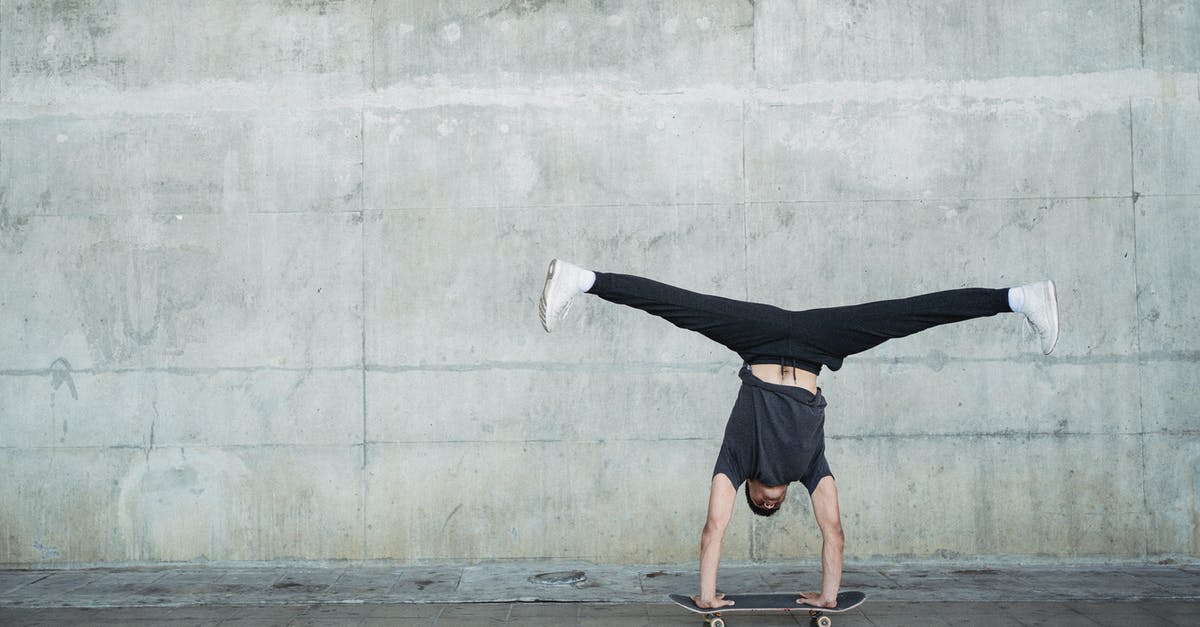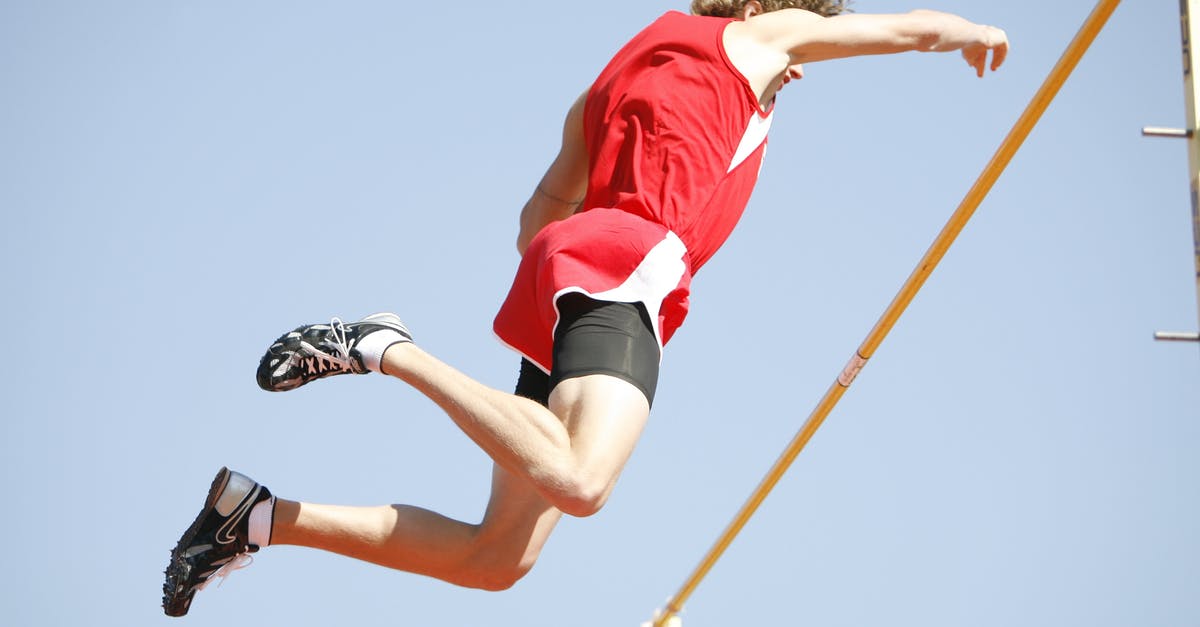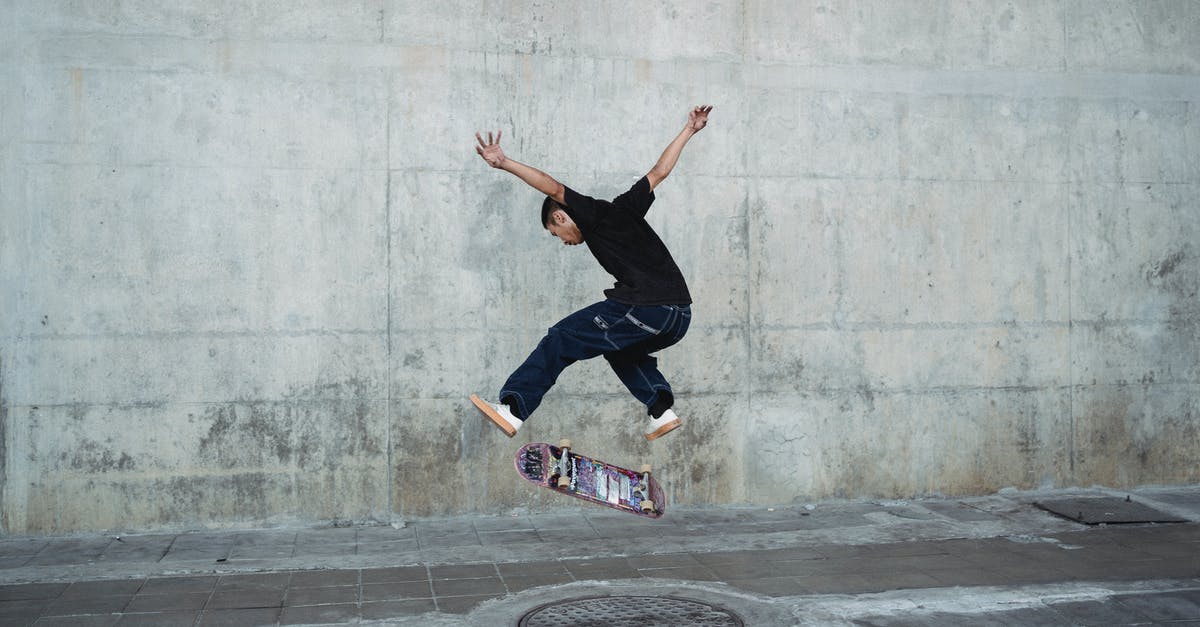Has the length of action scenes changed over time?

It could just be me getting older but I feel like action movies these days have action scenes that just go on for an eternity. (I don't know what's wrong with me but sometimes I just want the characters to take a breather and talk about their lives and feelings for a few minutes.) Lately I don't get a chance to see as many movies but the first movie where this really jumped out at me was Indiana Jones 4 and the most recent was Star Wars 7. (After checking IMDb, I cannot believe these two movies were released over 7 years apart!) I feel like both of these movies had action sequences that went on much longer than, for example, Terminator 2.
Am I just getting sensitive in my old age or are action sequences getting longer?
It seems plausible that action scenes are becoming longer since longer action scenes probably sell more tickets and each second of action scene is probably becoming less expensive to produce.
From a quick googling, I found this publication so it looks like there is research on these sorts of topics. If no one beats me to it and posts a strong answer, I'll try to find time to dig into this and see if there's a publication that answers this question.
Update: I haven't been able to find any publications on this topic or even find a way to determine an answer without sitting through hundreds of movies with a stopwatch. However, it still seems very possible that a publication addressing this question or an appropriate dataset for answering it does exist somewhere.
Best Answer
TL;DR
- Lower costs means it's possible to increase action scene %, but it's not a given.
- Action scenes can carry more story than they could in the past.
- Action scenes are no longer defined as "when there is action", since modern technology has made it possible for extended conversations to take place during/inbetween action sequences.
- Some movies have been gratuitous with action scenes.
- Some movies are built on the premise of having abundant action scenes.
- There are still movies/shows where action scenes are hardly ever in focus.
It seems plausible that action scenes are becoming longer since longer action scenes probably sell more tickets and each second of action scene is probably becoming less expensive to produce.
The lowered cost and increased ease of producing action scenes does facilitate more action scene screen time in a movie.
But there's another consideration here: the medium of film has improved dramatically, which enables storytelling through/during action scenes.
In the past, the cost (per second of screentime) of action scenes was so high that producers were focused on the action itself. But nowadays, it's more common to have conversations that take place during the action.
There are several reason why this works now but didn't in the past:
- Video hardware has improved (resolution, contrast, detail) so that we can see detail (conversation, facial expressions) even in visually loaded scenes (action scenes). Consider that white/black cowboy hats were a designator for good/bad characters because during action scenes (shooting, riding), the camera wouldn't be zoomed in on the actor's face, thus not making them easily recognizable. Nowadays, actors' faces are recognizable even in a full body shot.
- The same argument applies to the improvement of audio hardware. Old speakers didn't have the same dynamic range as modern speakers, thus making them unable to combine main audio (conversation) and background audio (action scene) in a way that both were clear. If you look at old films, you'll notice that scenes heavy on dialogue often have little to no background noise.
As a great example of how movies nowadays are able to blend action and dialogue in scenes, consider Mad Max: Fury Road. Other than the opening, midway break, and ending, the entire movie and its dialogue take place during a car chase.
Am I just getting sensitive in my old age or are action sequences getting longer?
I think it highly depends on the movie.
Some movies have been a gratuitous with their action scenes. E.g. while the entire franchise consists of action movies, Die Hard 4's action scenes were considerably more present and gratuitous compared to the much more realistic Die Hard. McClane ramming a flying helicopter by launching a car off of a toll booth is, in my opinion, taking suspense of disbelief too far.
Some movies plots are simply reliant on having a lot of action scenes. E.g. the Fast and the Furious franchise wouldn't work if race scenes were far and few between. That's not bad writing, it's simply an action-heavy premise that you (not a fan of action-heavy movies) don't like.
I think there's also an argument to be made as to what defines the begin/end of an action scene. It used to be literally where the action starts/ends, but that is no longer the case. As I established, movies are adding (sometimes extended) conversations inbetween action shots, which means that in current movies, action scenes (going by the old definition) contain more than just action shots.
So we need to strictly define "action scene". Is it (old definition) an uninterrupted sequence of action shots, or is it (new definition) an "act" of the story which takes place during an action scene, even if it contains shots without much action?
Pictures about "Has the length of action scenes changed over time?"



How long should an action sequence be?
Keep It Brief. It should be two or three pages at most. Sure some authors get away with more, but they are the best of the best.How long is the average fight scene?
The average length of a fight is forty-seven seconds.How movies have changed over the years?
In the past 20 years, film production has been profoundly altered by the impact of rapidly improving digital technology. Most mainstream productions are now shot on digital formats with subsequent processes, such as editing and special effects, undertaken on computers.How have movies improved over time?
The cinema has evolved from black-and-white silent films edited by physically cutting film strips to 3D digital content spliced together on computers. The digital age has allowed for better quality, color, sound, and even computer-generated imagery (CGI).Cuts \u0026 Transitions 101
More answers regarding has the length of action scenes changed over time?
Answer 2
I agree with Flater but i would like to expand on the movie tech and cinematography front.
The use of CGI has blended live action, dialogue, computer-generated characters and effects, seamlessly now. This has allowed for ease of editing (being able to match a sound track and multiple sound sources to the video scene) and also for much more action happening in parallel on the screen.
Without repeating the earlier answer, my take on this, is that software has advanced, allowing us to experience viewing of a scene in a more involved way - closer, more angles, seamless shifts in viewpoint and generated views and scenes. This has given cinematographers more scope to expand on the visual impact of movies, because they can.
This can be seen in other scenes too - flyovers with drones, ultra-long range zoom-in's and out's, close ups and bullet-time views. These are found even in romantic comedies and dramas.
Enhancing visual effects, enhances the audience's experience - the same way as enhancing audio. Certainly some action movies even make use of 3D for this reason.
Another effect is the 'stretching' of an action scene.
For example - if we look at A Good Day to Die Hard movie, there is a complex action scene involving a helicopter crashing into a building and the escape from the building of John and his son. This scene involves an editing trick which 'stretches' the time during which things happen by providing us with alternate viewpoints of the same action, very quickly and accurately. Software allows for this to be done easier than in the past and it is a cheap way of 'stretching' your action scene. This was used in the past but not as effectively. Back in the days, one could not generate virtual camera angles and create scenes from nothing so were were limited usually to a sequence of close ups (a'la The Good The Bad and the Ugly)
I think a good example of a long action scene and the use of CGI is the movie Gravity which is essentially ONE long scene, of mainly action. CGI was used to blend camera shots and generated scenes in a way which was not so cheaply and easily done before.
However as Flater said - some movies are action movies. The movie The Raid and the sequel The Raid 2, both employed excellent camera work and no CGI (to my knowledge) throughout both movies, yet they were able to achieve amazing camera angles and movement that put us in the midst of the action. But they are quintessential action movies and have been promoted as such.
Sources: Stack Exchange - This article follows the attribution requirements of Stack Exchange and is licensed under CC BY-SA 3.0.
